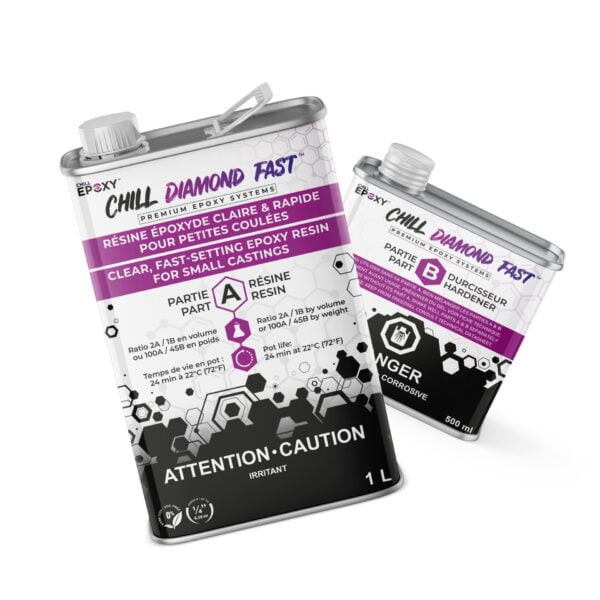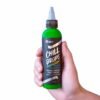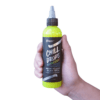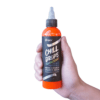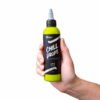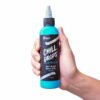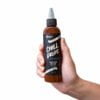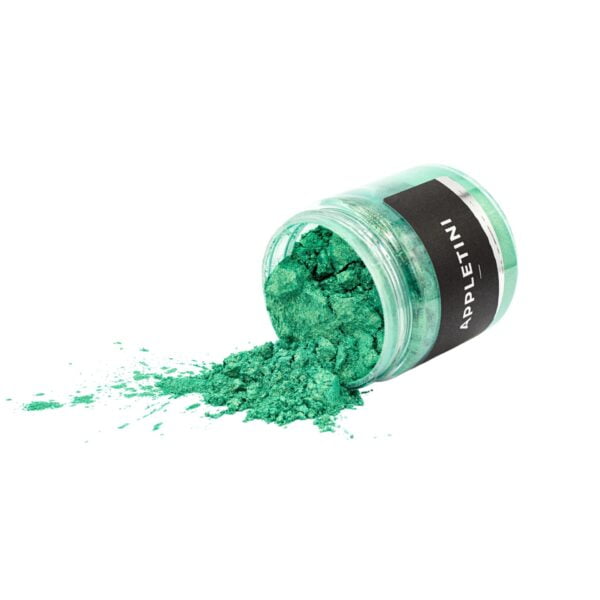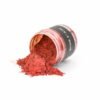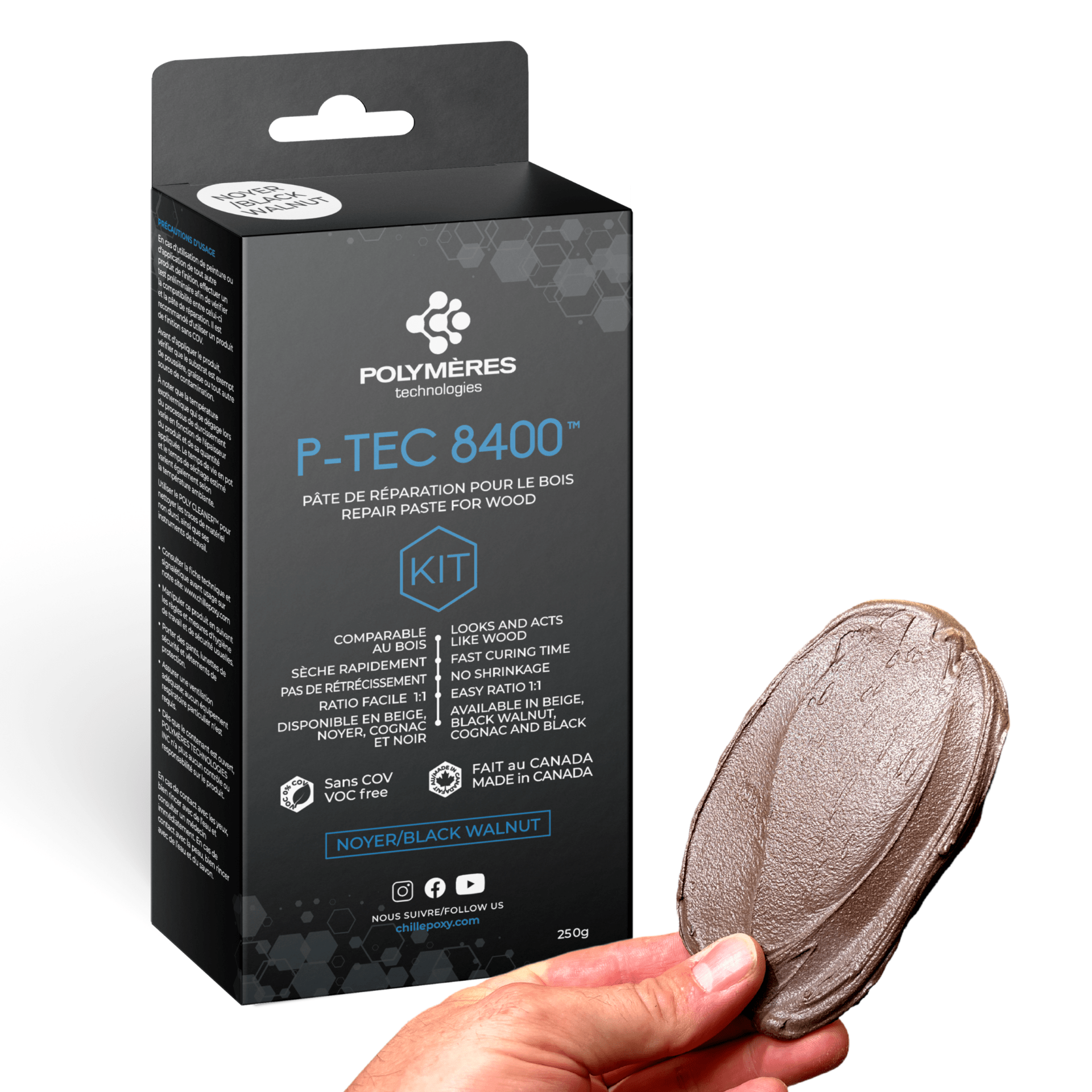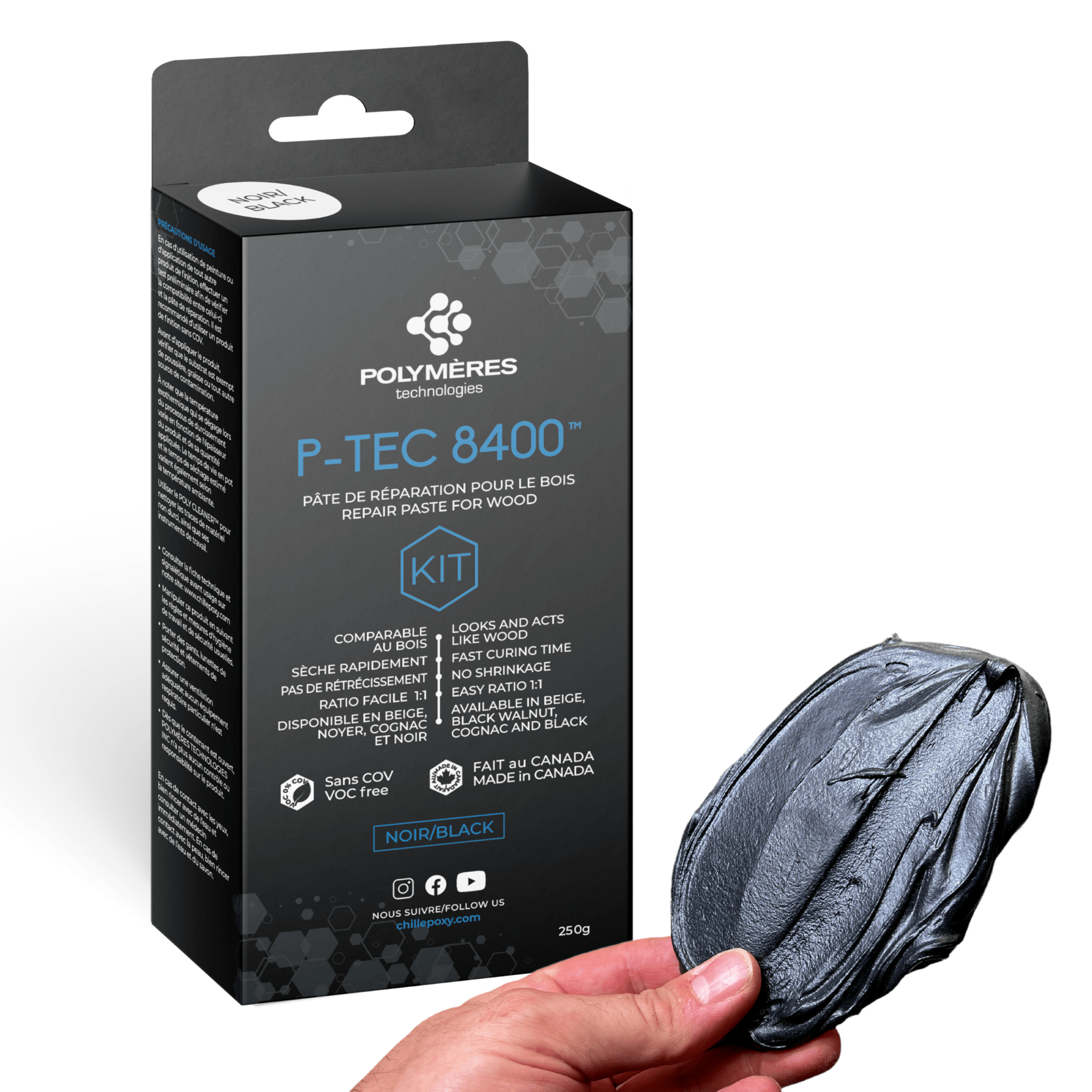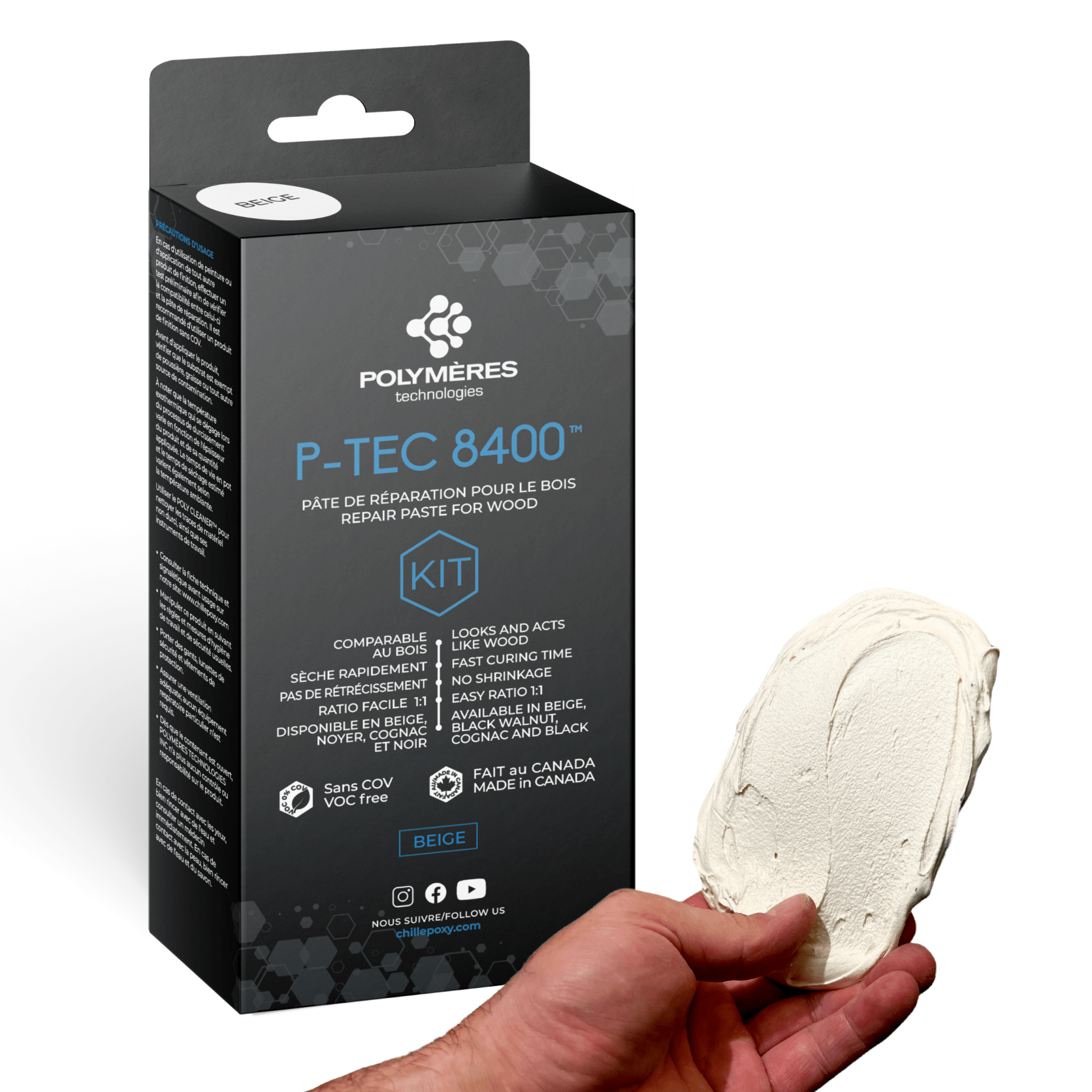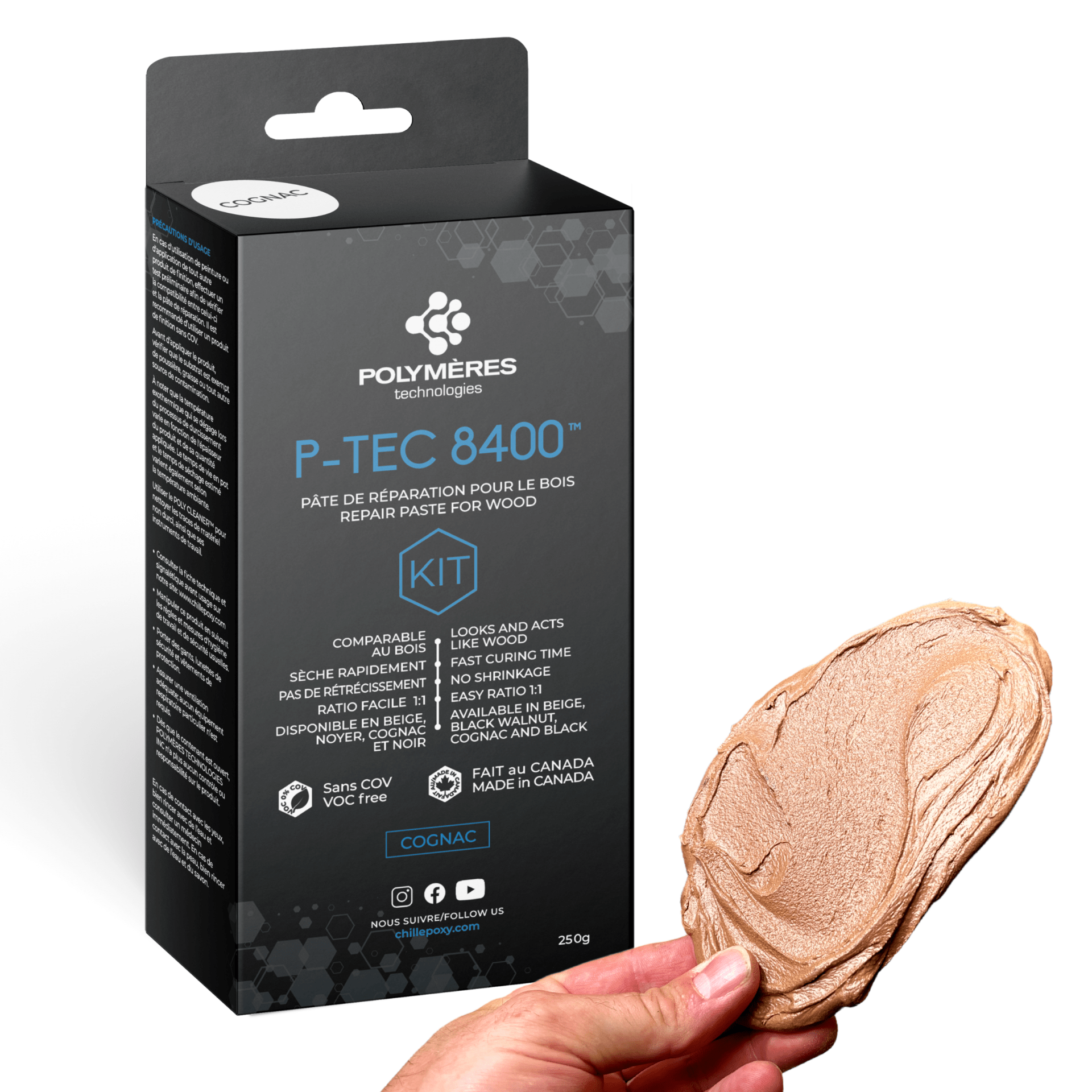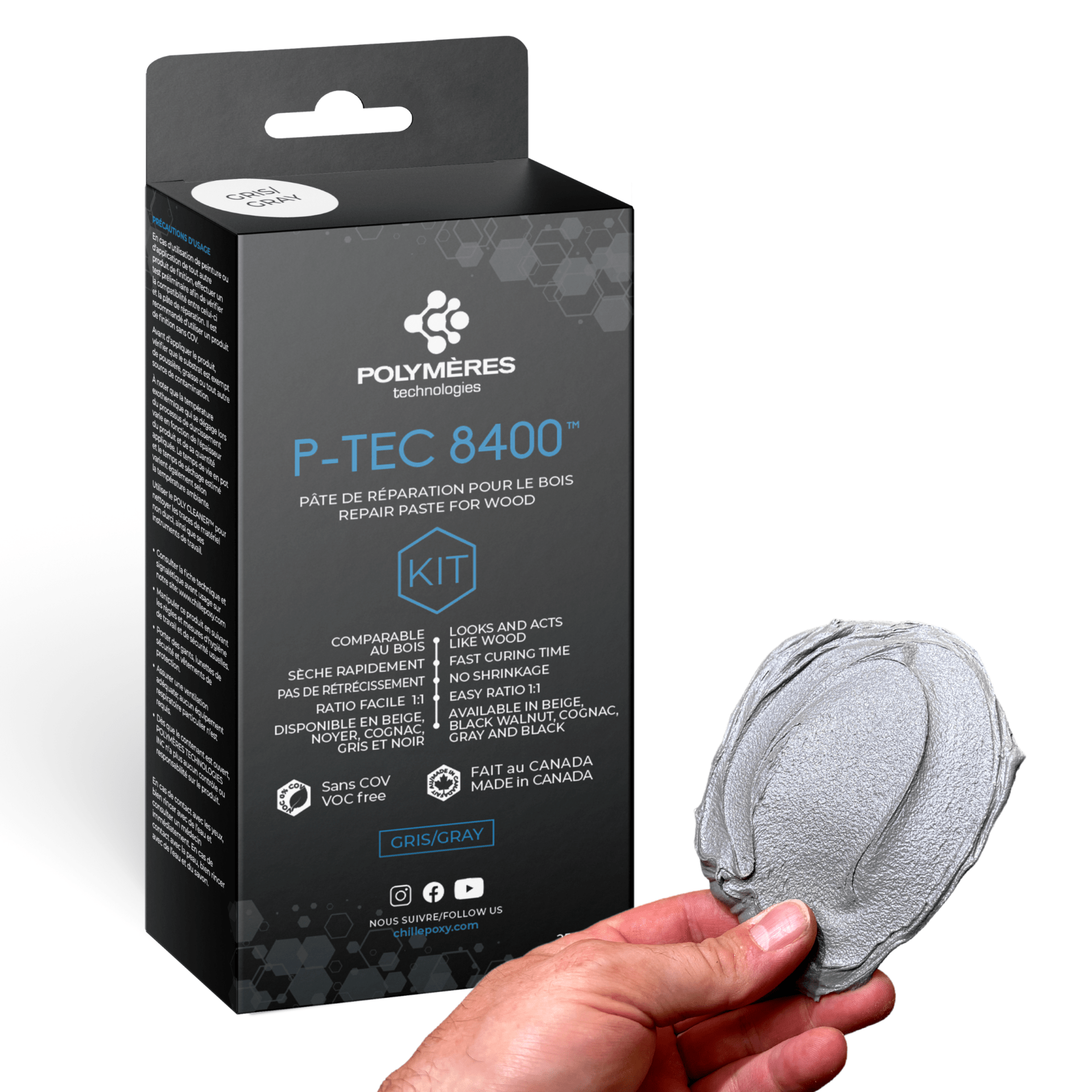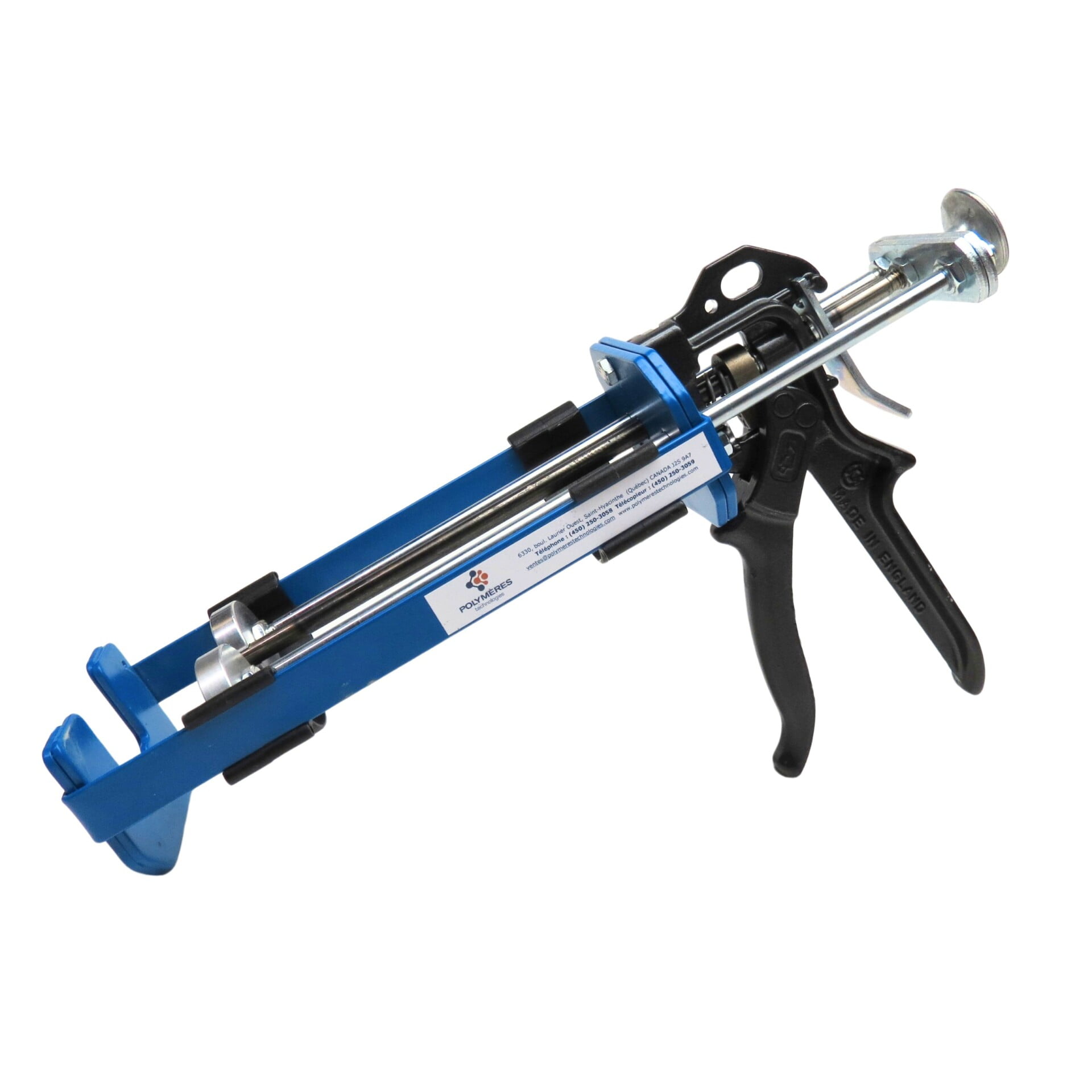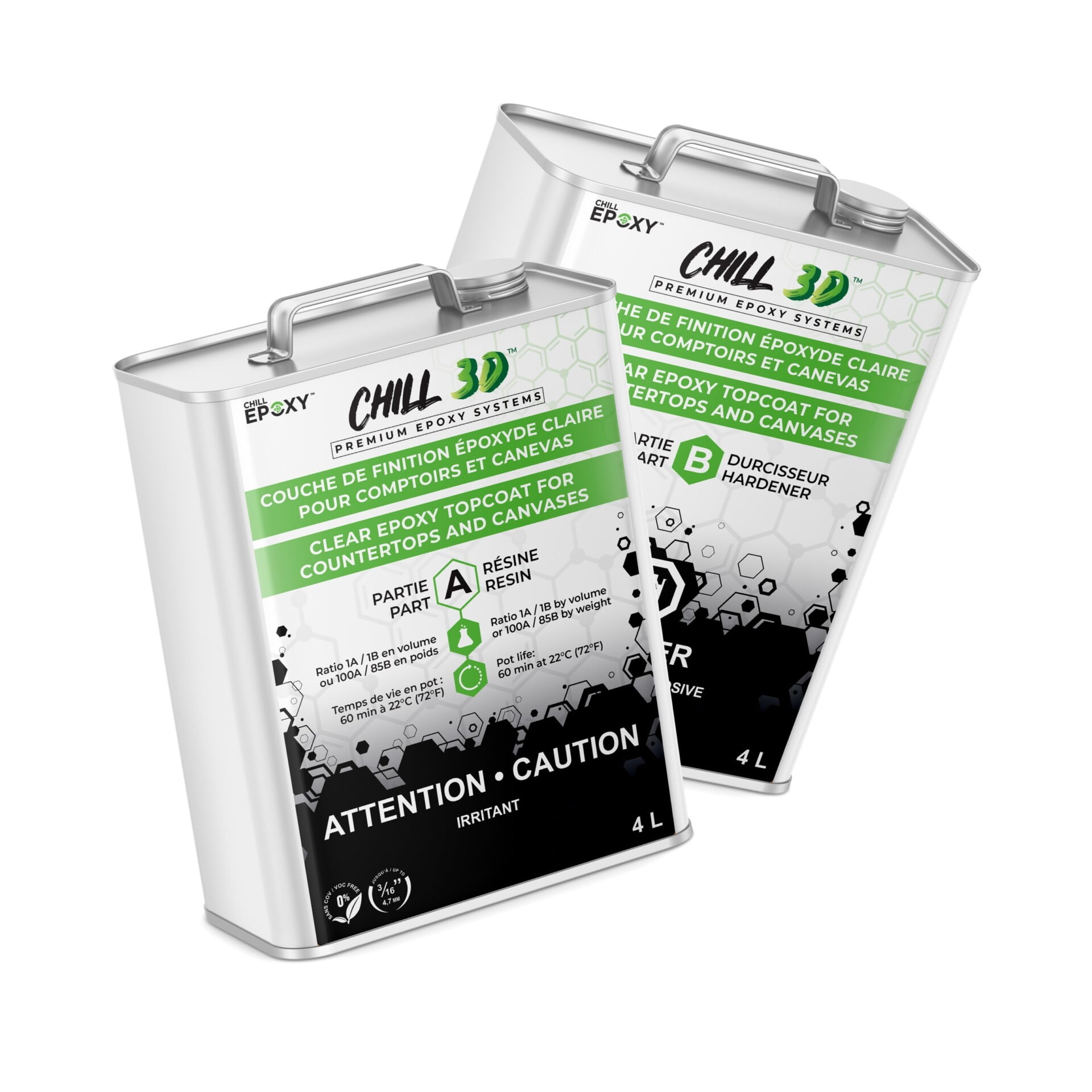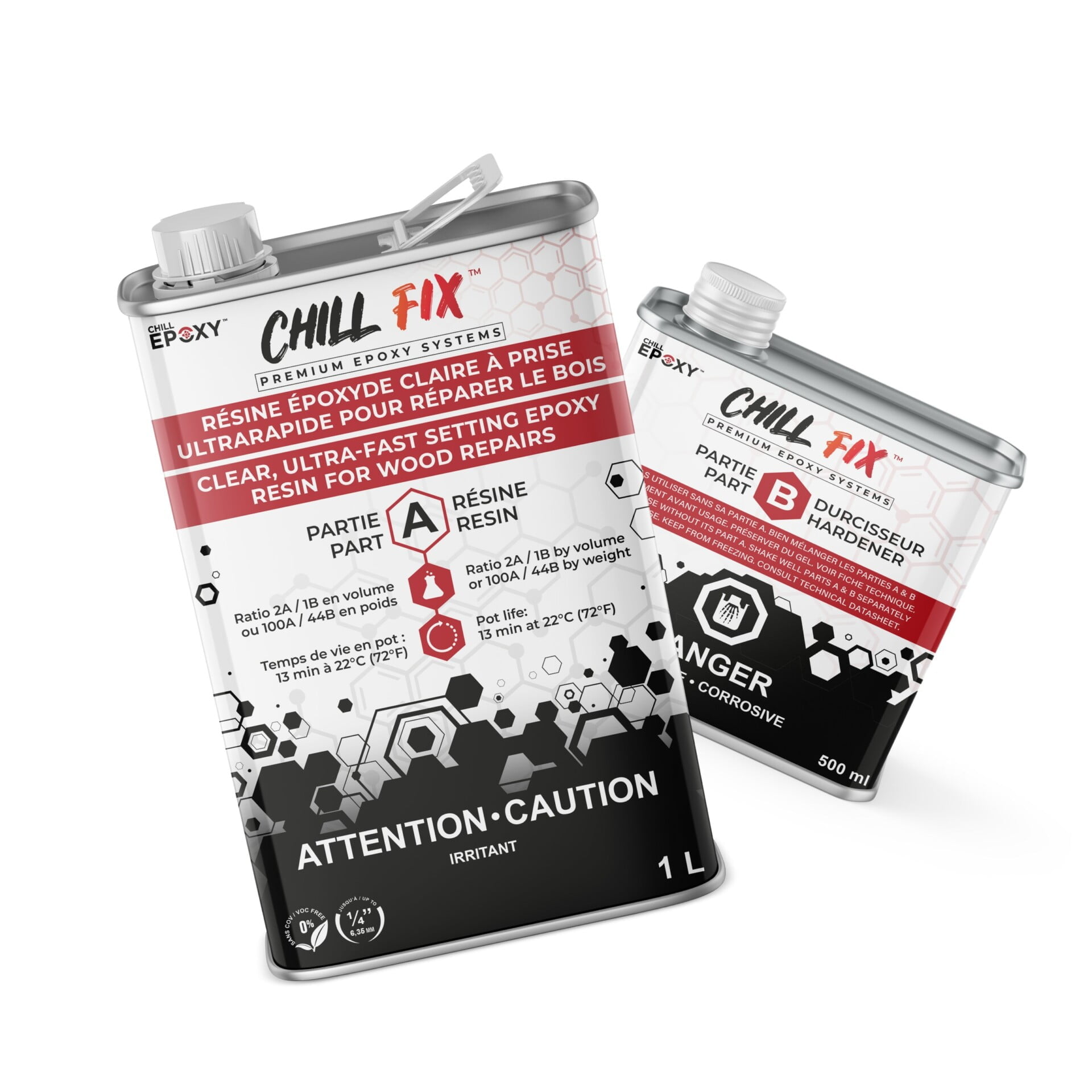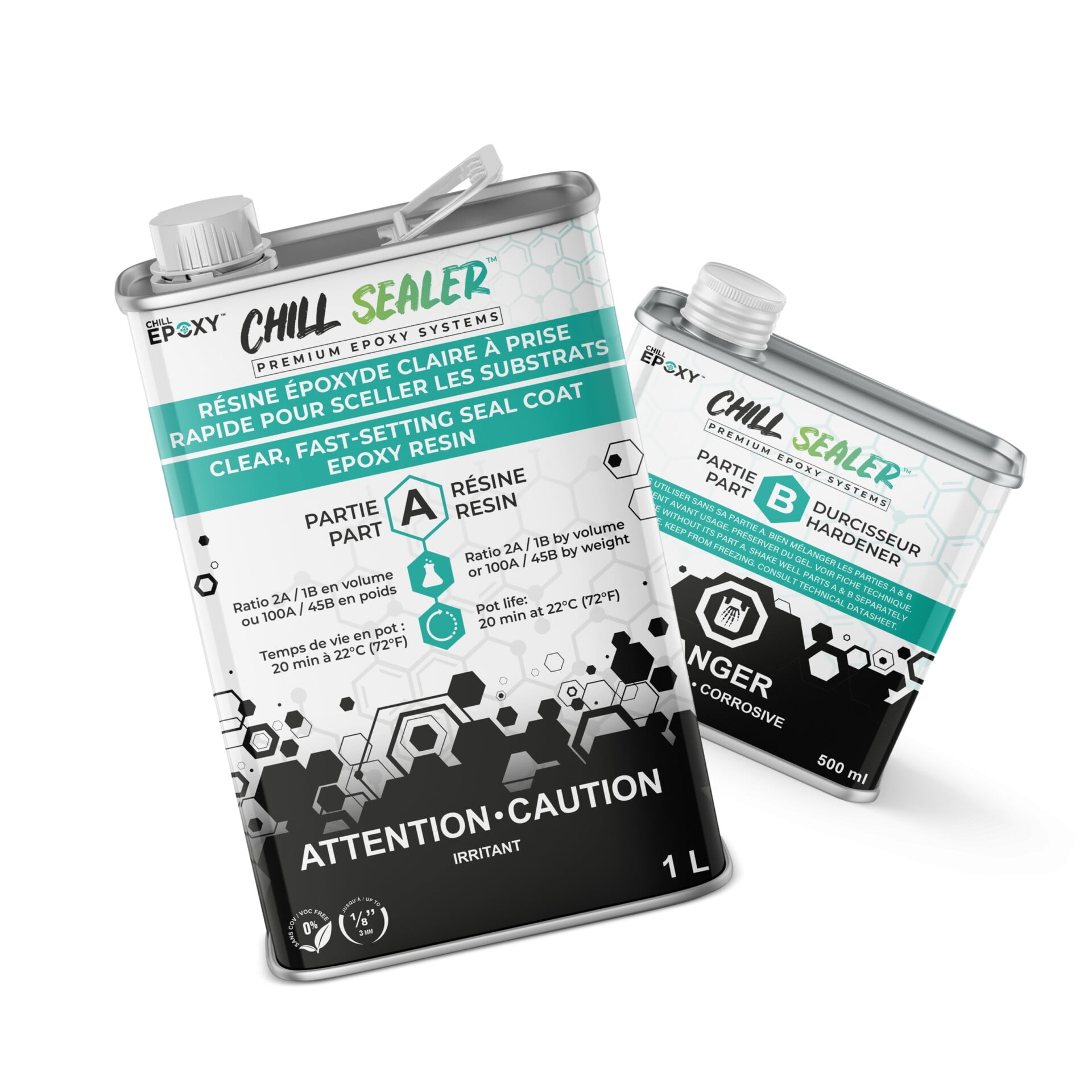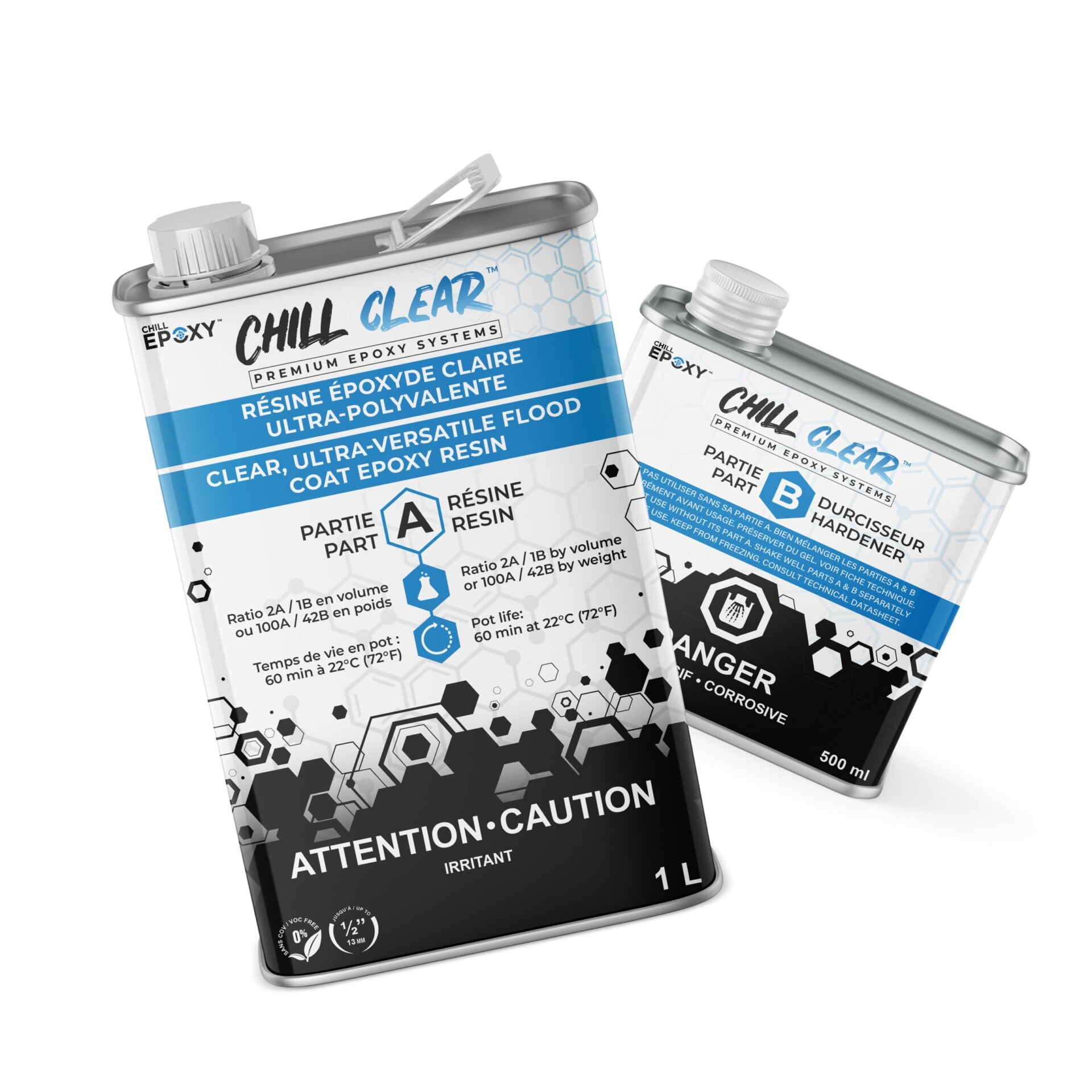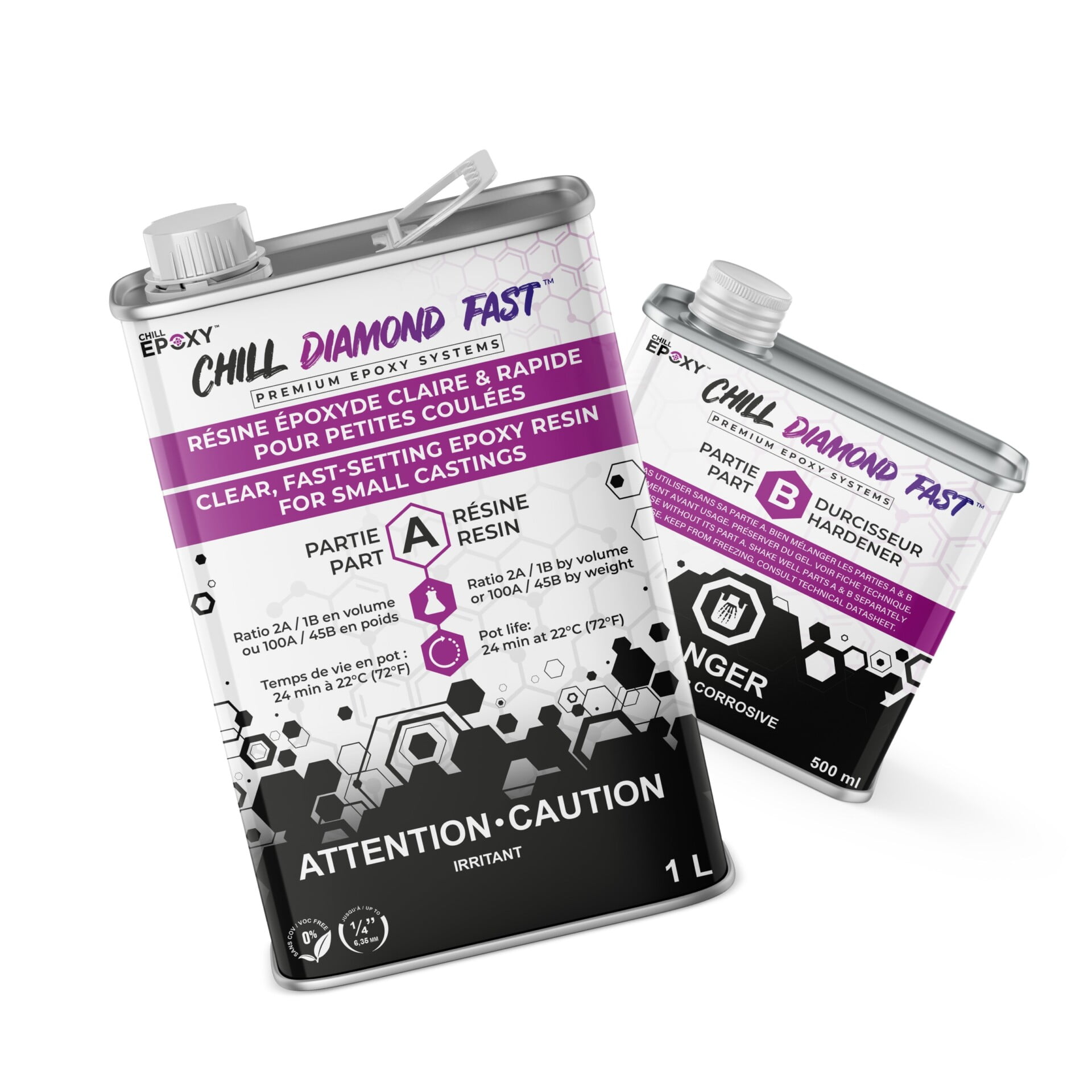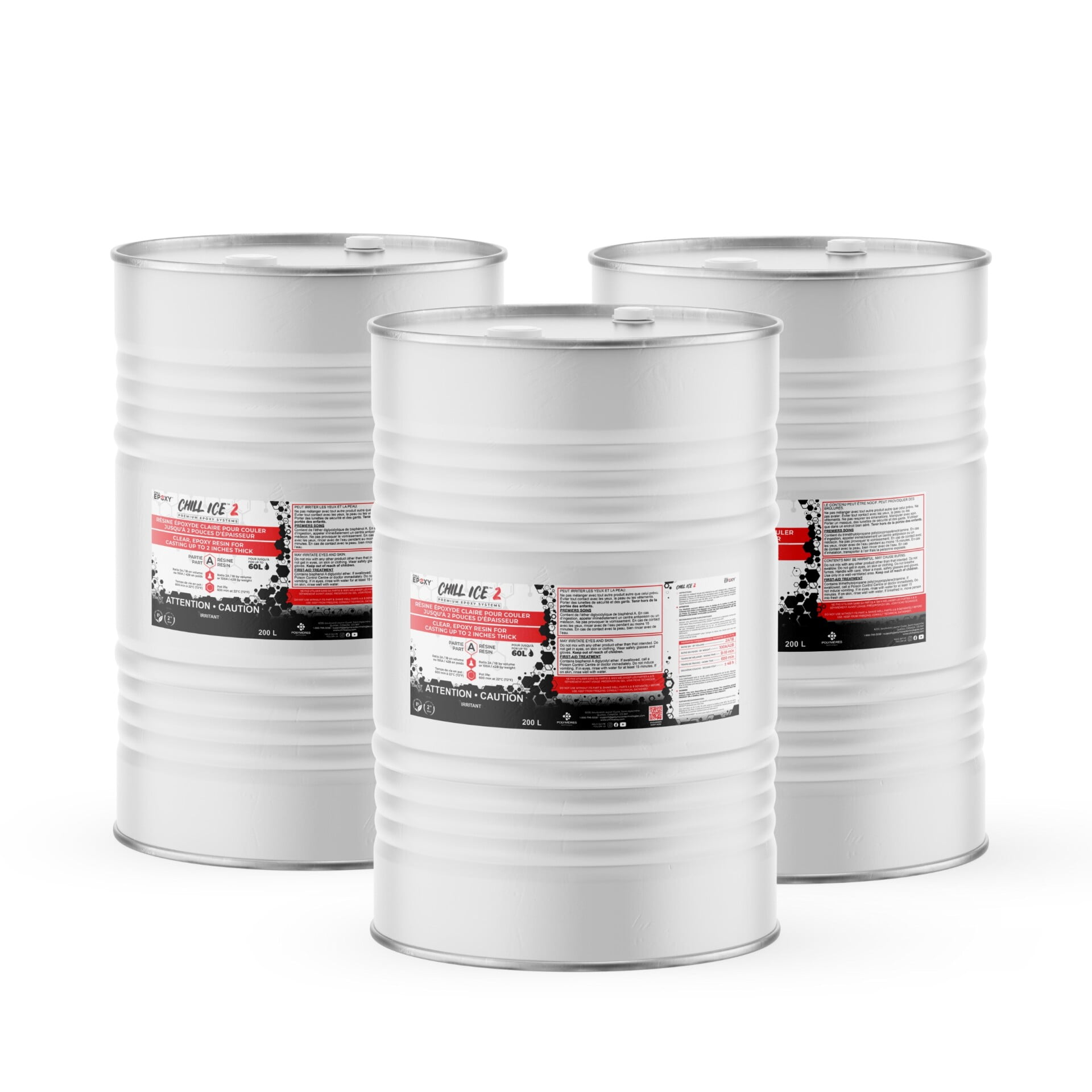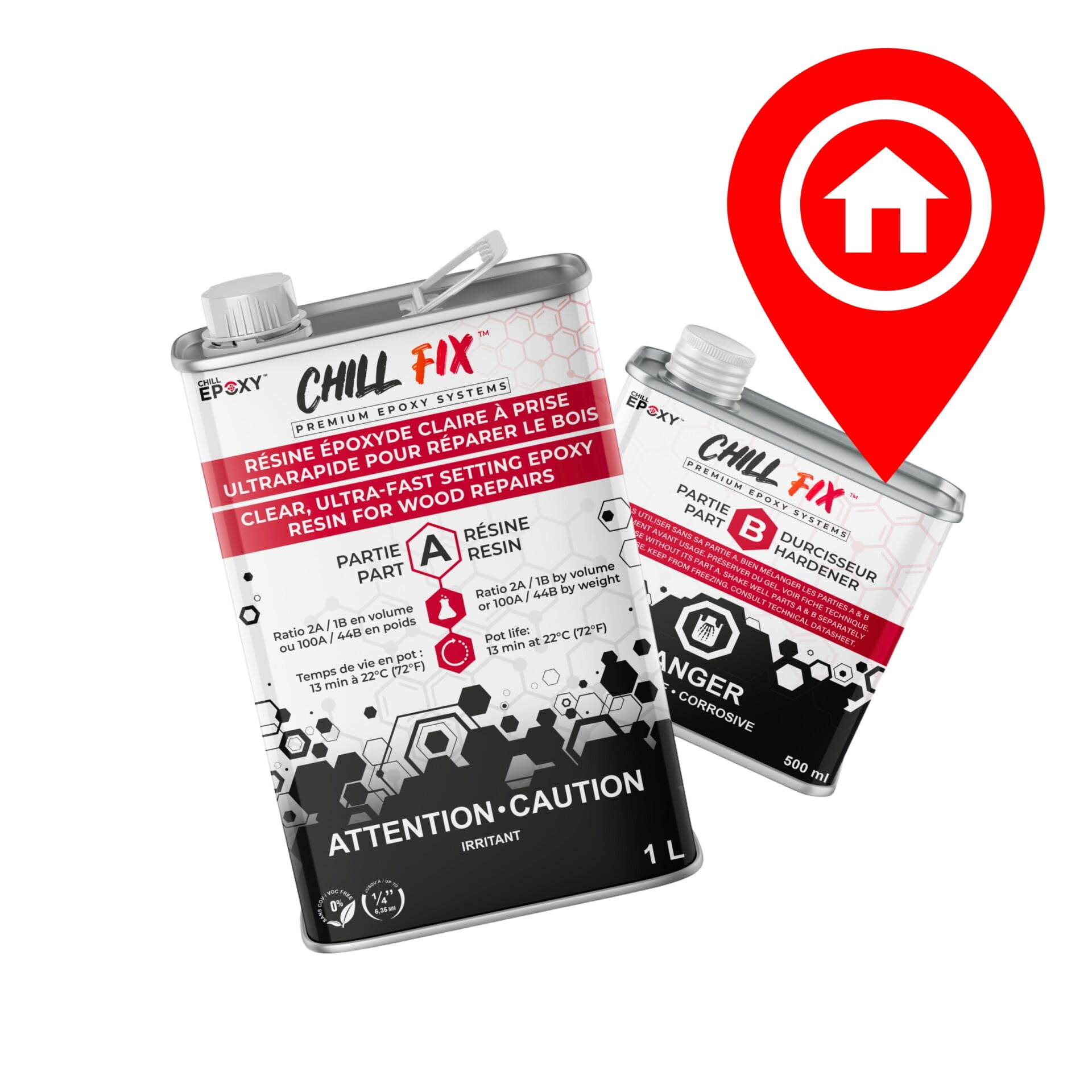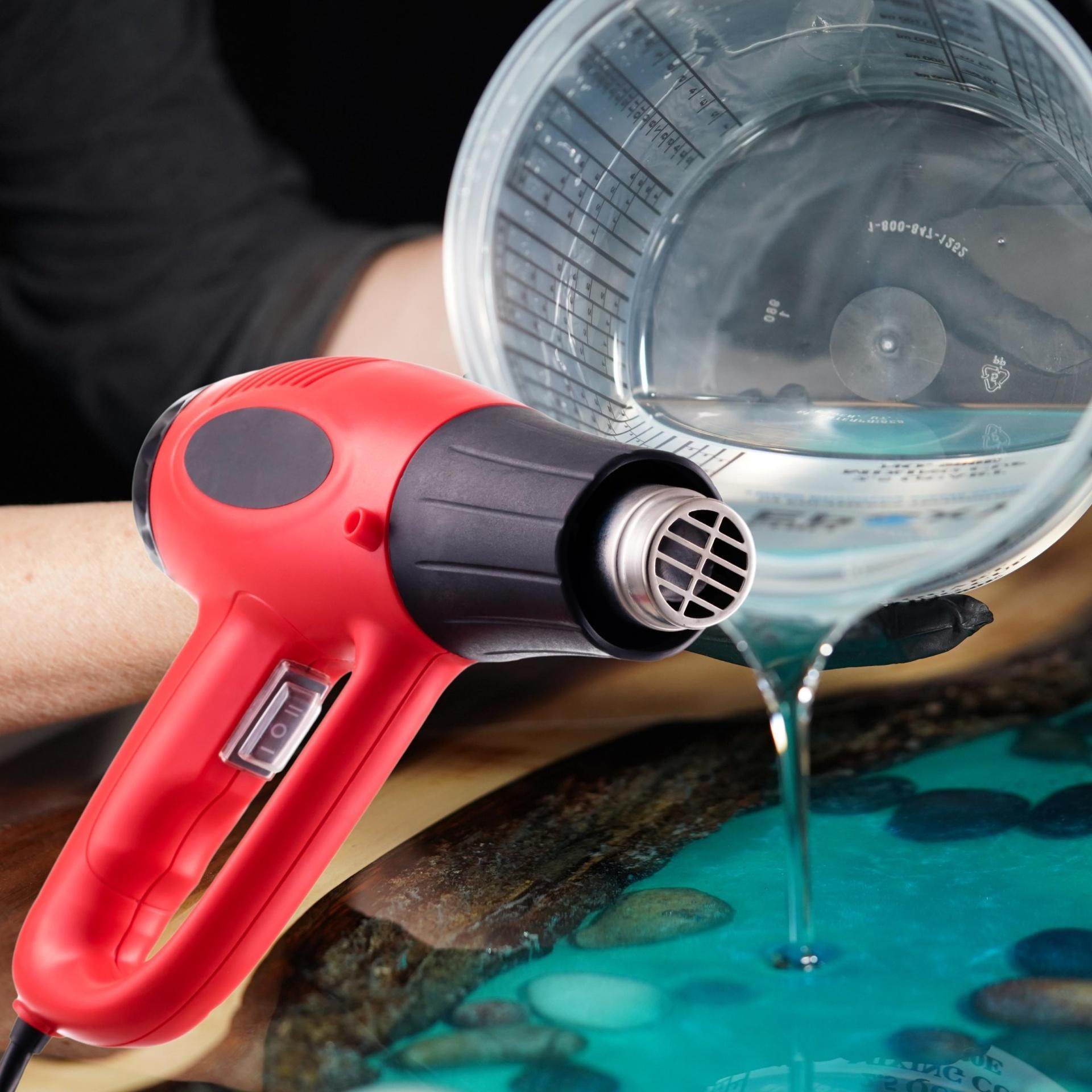Curing process, FAQ
How to Speed Up Epoxy Resin Curing
How to Speed Up Epoxy Resin Curing
Epoxy resin is a versatile and durable material that is commonly used in a variety of applications, including in the creation of jewelry, home decor, and even in industrial settings. However, one common issue that many users face is that the resin can take a long time to dry, which can be frustrating and time-consuming. In this blog, we will explore some tips and techniques on how to speed up the epoxy resin curing time.
- Use a heat source: One of the most effective ways to speed up the drying process of epoxy resin is to use a heat source. This can be as simple as a hair dryer or a heat lamp, which will help to evaporate the solvents in the resin more quickly. Make sure to use the heat source on a low setting and keep it moving to avoid overheating any one spot.
Using a fast-setting epoxy can be an effective way to make epoxy resin dry faster. A fast-setting epoxy typically has a shorter curing time than regular epoxy resin, which means that it will dry and harden more quickly. Fast-setting epoxies are formulated to set up and cure at a faster rate than standard epoxies. These fast-setting epoxies are ideal for thinner projects that require a quick turnaround time, or for those who are working in a limited time frame.
It is important to keep in mind that fast-setting epoxy may have different mixing ratios, and may not be compatible with all types of applications. Always check the Polymeres Technologies’ recommendations for use and safety precautions before using a fast-setting epoxy. Additionally, the curing time will vary depending on the pot life/working time and type of fast-setting epoxy you use, so make sure to read the product’s instructions and test a small sample first before committing to a larger project.
- Increasing the room temperature can help to speed up the curing process of epoxy resin. As the temperature increases, the chemical reactions that occur during the curing process will also speed up. This will result in the epoxy resin hardening and drying more quickly.
A general rule of thumb is that for every 10 degree Celsius increase in temperature, the curing time of the epoxy resin will be reduced by half. However, it is important to note that there is a limit to how much the temperature can be raised before it begins to negatively affect the curing process.
When increasing the room temperature to speed up the curing process of epoxy resin, it is important to be mindful of the maximum temperature that the resin can withstand without being damaged. Many epoxy resins have a maximum recommended temperature between 25°C. It is also important to ensure that the increased temperature is consistent throughout the curing process, as uneven heating can lead to improper curing.
It is also important to keep in mind that increasing the room temperature too much can cause the epoxy to cure too quickly and make it difficult to work with, so it is important to find the right balance between curing time and workability. It’s always better to consult the product’s instruction for the specific temperature recommendation.
It can be ideal to increase the room temperature once the exothermic reaction of the epoxy resin has passed. The exothermic reaction, also known as the “heat of reaction,” is the process by which the epoxy resin generates heat as it hardens and cures. This reaction can cause the temperature of the resin to rise, and if the temperature rises too high, it can cause the epoxy to cure too quickly and make it difficult to work with.
By increasing the room temperature once the exothermic reaction has passed, you can help to speed up the curing process of the epoxy resin without risking the negative effects of overheating. However, it is important to make sure that the temperature does not rise above the recommended maximum for the specific epoxy resin you are using.
It is also important to note that, even when the exothermic reaction has finished, the curing process is not completed yet, and it is important to keep the epoxy at a consistent temperature throughout the curing process, as uneven heating can lead to improper curing and weaken the final product.
It’s always better to consult the product’s instruction for the specific temperature recommendation and to monitor the temperature of the epoxy throughout the curing process with a thermometer.
By using these tips and techniques, you can help to speed up the drying process of epoxy resin and get your projects completed more quickly. Keep in mind that, even with these tips, epoxy resin can still take a long time to dry completely and proper ventilation and safety measures should be used.
In conclusion, epoxy resin is a versatile and durable material that is commonly used in a variety of applications, but one of the challenges that many users face is the long drying time. In this blog, we have discussed several ways to make epoxy resin dry faster. These include using a heat source, adding a catalyst, thinning the resin, increasing ventilation, and using a fast-setting epoxy. Increasing the room temperature once the exothermic reaction of the epoxy resin has passed can also be an effective way to speed up the curing process, but it is important to be mindful of the maximum temperature that the resin can withstand without being damaged. Keep in mind that the curing time will vary depending on the brand and type of epoxy you use, and always consult the Polymeres Technologies’ recommendations for use and safety precautions before using a fast-setting epoxy. Additionally, it’s important to monitor the temperature of the epoxy throughout the curing process with a thermometer and to keep the temperature consistent, as uneven heating can lead to improper curing and weaken the final product.


